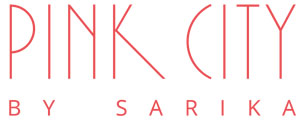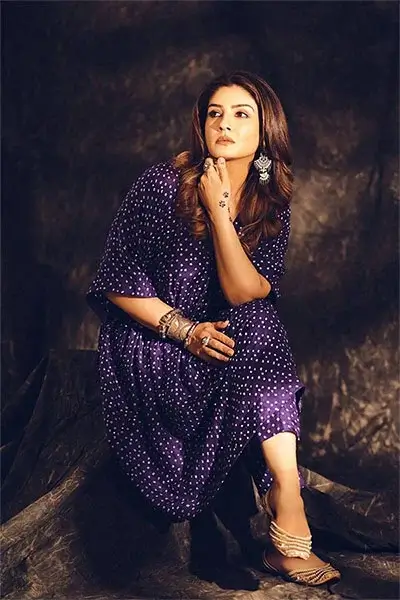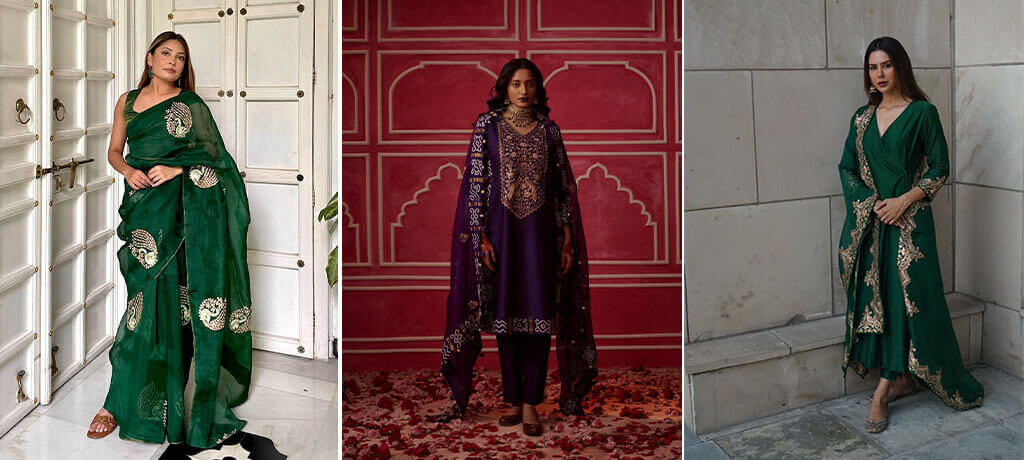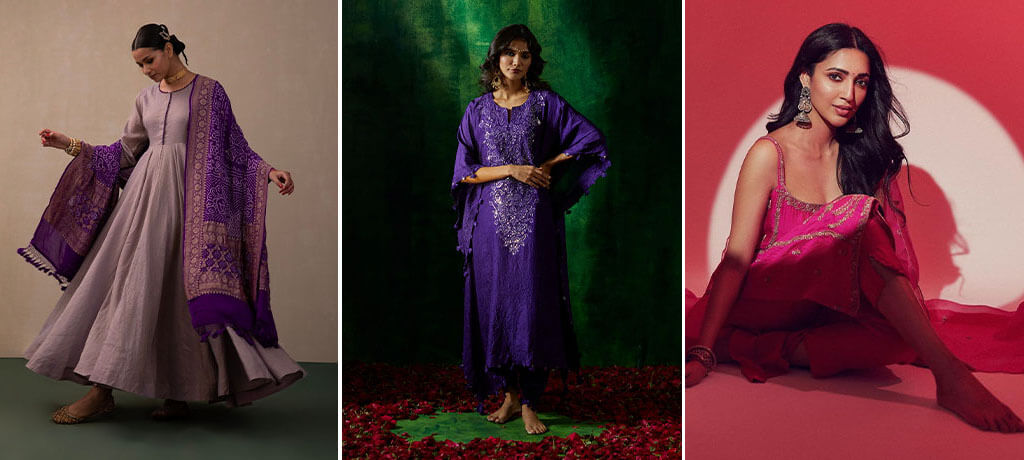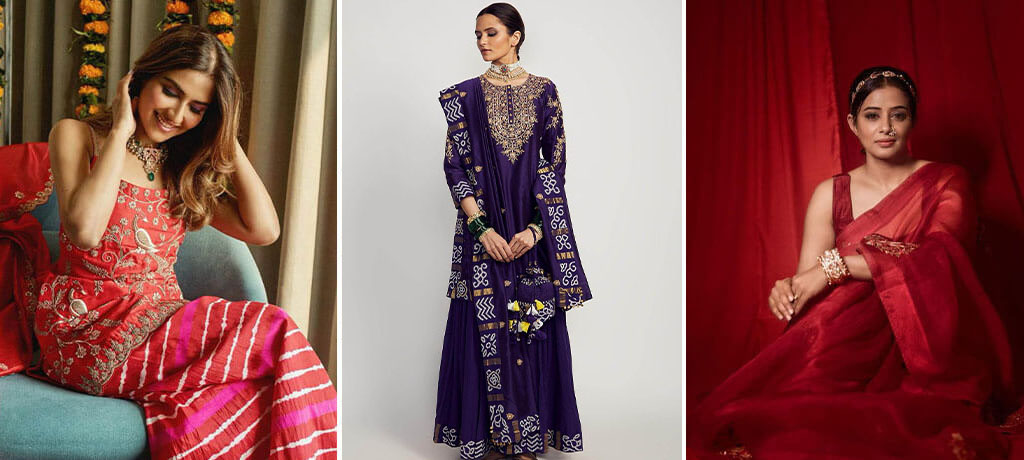Peacock motifs have been used in Indian traditional dresses since time immemorial. Let’s find out why and how this happened.
A land with exquisite craftsmanship be it textiles or embroideries, India’s rich heritage and cultural excellence have not exactly been a secret. The diverse Indian terrain plays a significant role in inspiring the various art forms, right from natural landscapes, birds, and animals to the abundant flora and fauna.
Across the various sources of inspiration, the glorious peacock has remained constant for centuries. The national bird of India has played a trivial role in inspiring artists to paint, poets to write soulful sonnets and dancers to mimic their moves. Despite millions of pieces created over centuries, the magic of this glorious bird is nowhere close to being dimmed out. There’s more for centuries to come, but let’s understand how it all began.
Cultural significance of the Peacock
The Peacock represents wealth, beauty, and especially royalty. Early depictions of the peacock can be seen in Christian tomb art, and it was a popular symbol in ancient Rome and Byzantium. During the 15th century in India, the Peacock motif was favoured by Indian kings, and displaying this symbol on clothing, jewellery, and paintings was a source of great pride and prestige. The kings would also have their servants fan them with peacock feathers, symbolising luxury and nobility. In addition to being India’s national bird, the peacock represents Indian culture, tradition, and grace.
The peacock holds utmost significance in Hindu mythology, serving as a mighty steed and protector. It is associated with deities like Kartikeya and Krishna and has connections to Buddhism too. In Hindu mythology, the peacock symbolises time and is depicted as killing a snake, representing the cycle of time. This enduring symbolism has made the peacock a quintessential motif in Indian textiles, serving aesthetic and symbolic purposes in art.
The Mughal era in India prominently showcased the peacock and its feather designs, making it a commonly used Mughal motif.
Peacock motifs in Indian traditional dresses
The ‘mayil chakaram’ in Kanchipuram silk is evident in its intricate weaving. The peacock (mayil) and the circle of life (chakram) represent protection across the cycles of birth and rebirth. The detailed peacock motif adorns the border and pallu of the kanjivaram or appears as small patterns throughout the body. Kanjivaram sarees are a staple South Indian traditional dress, making the peacock motif deeply embedded in the culture in Southern India too.
In the Paithan saree of Maharashtra, the peacock motif holds a place of honour. One of the most elaborate designs on the fabric is the bangdi-mor, featuring a peacock inside a bangle. Traditionally, this design included 36 elements, such as four peacocks and a central flower. In the brocades of Banaras, the peacock is one of the favoured animal motifs due to its beauty, grace, and magnificent plumage.
These are just a few examples of how Indian traditional dresses have peacocks as a common thread that weaves the diverse cultures of our country in our close-knit fashion.
An Ode to Peacock at Pink City
At Pink City, we celebrate the peacock in all its glory and the use of peacock motifs runs across our collections in some form or the other in our decade-long journey. Why peacock, you may wonder?
It almost feels like the bird symbolises our culture in all forms. We feel like there is so much that translates to life, via this beautiful bird right from the depth of design, colour burst, swift flow, embracing change and the seamless act of transformation when the weather changes which depicts resilience and adaptability.
This flamboyant bird makes the perfect canvas to narrate our stories through the art of Indian embroidery. The elegance and culture attached to this beautiful bird motif makes it second nature for us to work with.
We have curated the best outfits for you to shop from featuring the grandiose peacock. Check them out here.
Enjoyed this blog? You may also like to read:
- Evergreen Indian traditional wear ft. Pink City By Sarika
- Shades of Traditional Indian Wedding Dress | Get Set For The Wedding Season
